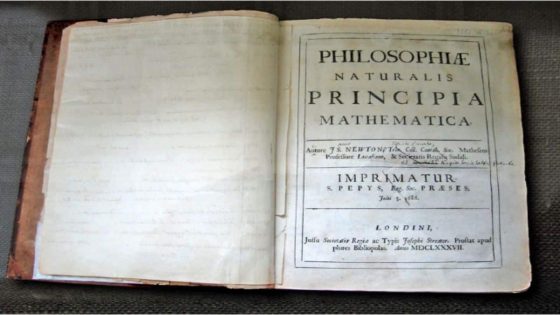Have we been misinterpreting Newton’s first law of motion for nearly 300 years? A recent study suggests that a small mistranslation may have altered our understanding of this fundamental principle in physics. This revelation could change how we teach and perceive motion in the real world.
- Newton's first law of motion is fundamental.
- Mistranslation alters interpretation of inertia.
- Hoek's findings challenge traditional physics teaching.
- Newton linked earthly and celestial motions.
- Real-world motion influenced by external forces.
- Skepticism surrounds Hoek's reinterpretation.
How a Mistranslation Altered Our Understanding of Newton’s First Law
What if everything you learned about motion was based on a mistake? A recent analysis highlights a mistranslation in Isaac Newton’s first law, which could reshape our understanding of motion. This law has been a cornerstone of physics, but its interpretation might not be as clear as we thought.
Understanding the Implications of Newton’s First Law Mistranslation
The mistranslation stems from the Latin word “quatenus,” which was incorrectly interpreted. This change suggests that Newton’s first law does not merely state that objects move freely unless acted upon. Instead, it implies that all motion is influenced by external forces. This perspective encourages a more realistic understanding of motion in our daily lives.
- Newton’s first law connects earthly motion to celestial dynamics.
- The original translation suggests a hypothetical scenario, which is misleading.
- Understanding motion requires acknowledging external forces at play.
- This reinterpretation enhances the relevance of Newton’s work in modern physics.
Why Did This Mistranslation Go Unnoticed for So Long?
Despite being identified in 1999, the mistranslation did not receive widespread attention. Many scholars remain skeptical, with opinions divided on the validity of this new interpretation. Some find it too unconventional, while others see it as a necessary correction. This ongoing debate highlights the complexities of interpreting classical texts.
What Does This Mean for Physics Education?
This finding has significant implications for how physics is taught in schools. Educators may need to reconsider how they present Newton’s laws, emphasizing that all motion is affected by various forces. This shift could lead to a deeper understanding of physics concepts among students, preparing them for real-world applications.
In conclusion, the reinterpretation of Newton’s first law not only clarifies historical misunderstandings but also reinforces the importance of external forces in motion. As we continue to explore the laws of physics, accurate translations and interpretations remain vital for education and scientific advancement.

































